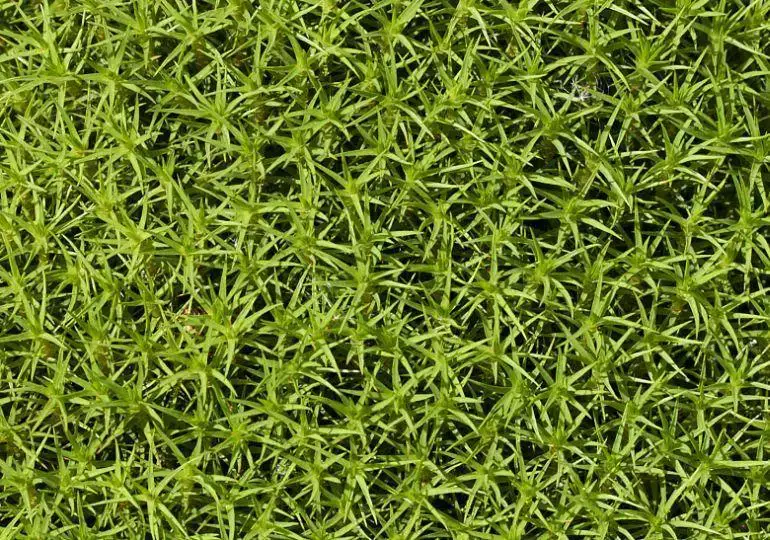
Polytrichum-commune-Hedw.-46258.jpg from: https://www.biodiversidadvirtual.org/herbarium/Polytrichum-commune-Hedw.-img46258.html
Introduction

382091.jpg from: https://inpn.mnhn.fr/espece/cd_nom/3864
In the vast and captivating world of bryophytes, one moss stands out as a true marvel of nature – the Polytrichum commune Hedw., commonly known as the common haircap moss. This resilient and fascinating plant belongs to the Polytrichaceae family and is a member of the Bryophyta phylum, which encompasses all mosses. Let’s embark on an engaging journey to unravel the secrets of this remarkable species.
Background

2241d43270efebad3fe26d1b64267830.jpg from: https://www.asturnatura.com/especie/polytrichum-commune
Before delving into the intricacies of Polytrichum commune, it’s essential to understand the broader context of mosses. These diminutive yet extraordinary plants are among the oldest land plants on Earth, dating back over 400 million years. They play a crucial role in various ecosystems, acting as pioneers in colonizing barren landscapes and contributing to soil formation and moisture retention.
Main Content
Morphology and Identification
The Polytrichum commune is a striking moss, easily recognizable by its distinctive features. It forms dense, vibrant green cushions or tufts, with each individual plant reaching heights of up to 20 centimeters. The leaves are narrow, lance-shaped, and arranged in a spiral pattern around the stem. One of the most remarkable characteristics of this moss is its

739d06c956ca2f8f0f74ab8e7183f2dc.jpg from: https://www.pinterest.com/pin/352477108310947696/
hair-like structures, known as awns, which extend from the leaf tips, giving it a fuzzy appearance.
Global Distribution and Habitat
Polytrichum commune is a cosmopolitan species, meaning it can be found across various regions of the world. It thrives in a wide range of habitats, from acidic soils in forests and heathlands to disturbed areas such as roadsides and abandoned fields. This moss is particularly abundant in temperate and boreal regions of the Northern Hemisphere, but it can also be found in parts of the Southern Hemisphere, including Australia and New Zealand.
Ecological Roles and Adaptations
Despite its diminutive size, Polytrichum commune plays a vital role in its ecosystem. It acts as a pioneer species, colonizing bare and disturbed areas, and facilitating the establishment of other plants. Additionally, this moss contributes to soil formation and moisture retention, creating favorable conditions for other organisms to thrive.

Polytrichum-commune-Hedw.-106059.jpg from: https://www.biodiversidadvirtual.org/herbarium/Polytrichum-commune-Hedw.-img106059.html
One of the remarkable adaptations of Polytrichum commune is its ability to regulate its water content. The hair-like awns on its leaves are hygroscopic, meaning they can absorb and release moisture, helping the moss to survive in dry conditions. Furthermore, the dense cushions formed by this moss create a microclimate that retains moisture, providing a suitable habitat for various invertebrates and microorganisms.
Case Studies/Examples
In a study conducted in the boreal forests of Scandinavia, researchers found that Polytrichum commune played a crucial role in facilitating the establishment of tree seedlings. The moss cushions provided a favorable environment for seed germination and seedling growth, acting as a nursery for the next generation of trees.
Another fascinating example comes from the Arctic tundra, where Polytrichum commune is a dominant species. In these harsh environments, the moss forms extensive mats that insulate the underlying permafrost, regulating the soil temperature and moisture levels, and creating a unique microhabitat for specialized flora and fauna.
Technical Table

Polytrichum_commune-333FD04961.jpg from: https://florafinder.org/Species/Polytrichum_commune.php
| Characteristic | Description |
|---|---|
| Phylum | Bryophyta |
| Class | Polytrichopsida |
| Family | Polytrichaceae |
| Genus | Polytrichum |
| Species | Polytrichum commune Hedw.
 dense-carpet-of-polytrichum-commune-common-haircap-on-a-welsh-forest-J68HNY.jpg from: https://www.alamy.com/stock-photo/polytrichum-commune-moss-uk.html |
| Common Name | Common Haircap Moss |
| Growth Form | Dense cushions or tufts |
| Leaf Shape | Narrow, lance-shaped |
| Distinctive Feature | Hair-like awns extending from leaf tips |
| Habitat | Acidic soils, forests, heathlands, disturbed areas |
| Distribution | Cosmopolitan (worldwide) |
| Ecological Role | Pioneer species, soil formation, moisture retention |
Conclusion
The Polytrichum commune Hedw., or the common haircap moss, is a true marvel of the bryophyte world. Its unique morphology, global distribution, and ecological significance make it a fascinating subject of study. From its role as a pioneer species to its remarkable adaptations for water regulation, this moss serves as a testament to the incredible diversity and resilience of nature’s smallest inhabitants. As we continue to explore and appreciate the wonders of the natural world, the

9289546542_82ff2fccef_b.jpg from: https://www.flickr.com/photos/21933510@N07/9289546542

5e7d43abee1246d50b814a42dce4fb9b.jpg from: https://taieol.tw/muse/digi_object/1df24c0937cf731c5c666364a21575bf
Polytrichum commune invites us to ponder the intricate web of life that surrounds us, even in the most unassuming of places.
Thought-provoking question: Can you imagine a world without mosses like the Polytrichum commune? How would the absence of these tiny yet vital organisms impact our ecosystems and the delicate balance of nature?